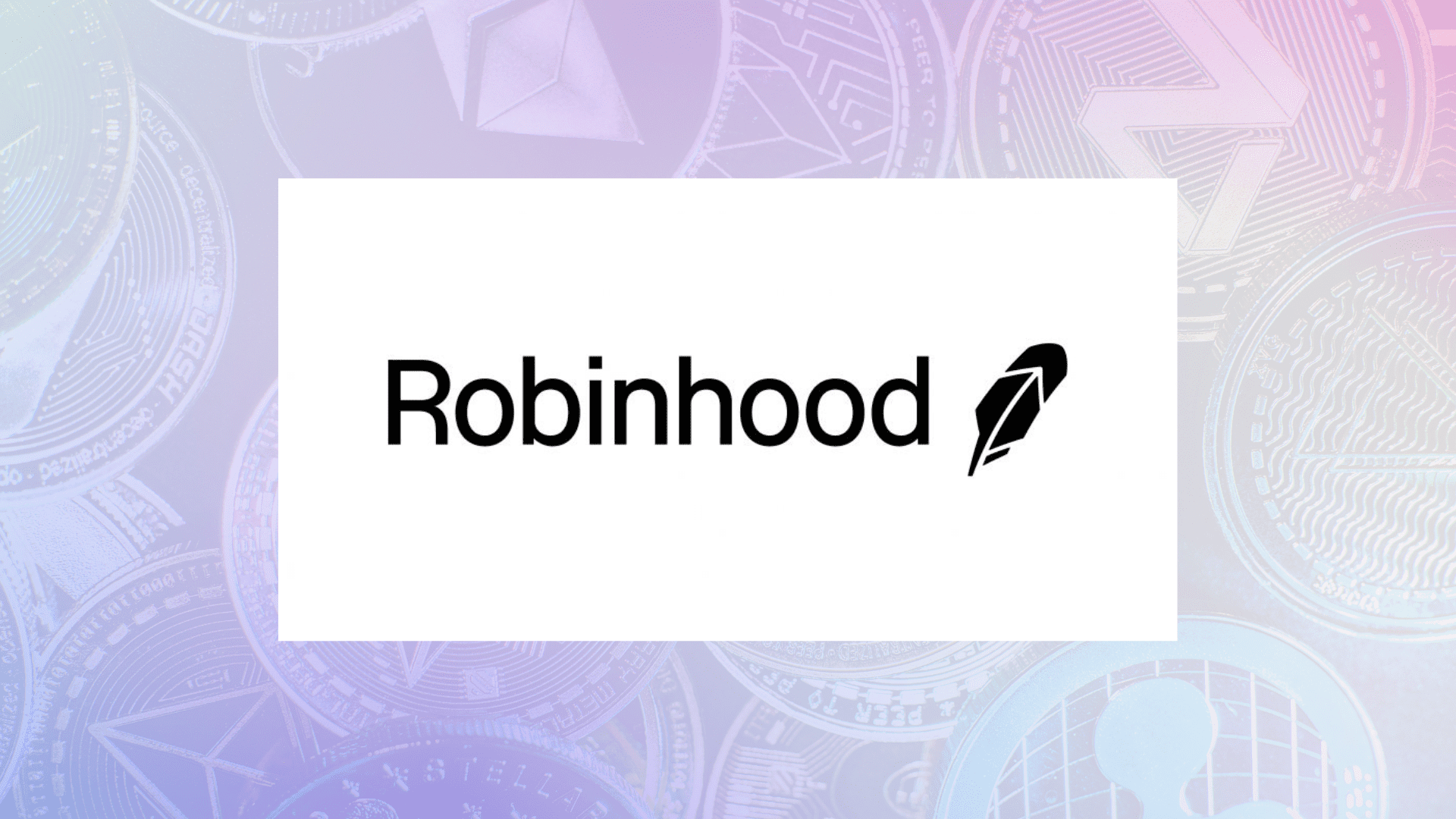At NFT Droppers, we provide the latest crypto news, in-depth project information, and comprehensive market insights. Launched in 2022, our platform covers new token launches, market trends, and detailed reviews of crypto and NFT projects. We offer reliable ratings based on 70+ evaluation factors, including tokenomics, roadmaps, and team authenticity. Whether you’re an investor or a crypto enthusiast, NFT Droppers keeps you informed with accurate, up-to-date information and expert analysis.
What is VeThor Token (VTHO) VTHO Price Prediction

Table of Contents
Crypto’s a battlefield, and if you’re hunting for tokens with real-world grit, VeThor Token (VTHO) deserves your attention. It’s not just another coin hyped by influencers—it’s the fuel for VeChain’s blockchain, a platform that’s rewiring supply chains for giants like BMW and Walmart China. I’ve been neck-deep in blockchain’s chaos for years, from dodging scams to timing market dips, and VTHO’s dual-token setup with VeChain (VET) is a rare beast: practical, scalable, and built for enterprise muscle. This guide breaks down what VTHO is, how it works, and where its price might head from 2025 to 2030. No fluff—just the raw data and strategy you need to decide if it’s worth your dollars.
What Is VeThor Token (VTHO)?
VeThor Token is one half of VeChain’s dual-token system, alongside VeChain Token (VET). While VET acts as the platform’s value-transfer backbone—think digital cash for staking and governance—VTHO is the gas that powers transactions and smart contracts on the VeChainThor blockchain. Every swap, data log, or contract execution burns VTHO, making it the lifeblood of a network designed to track everything from luxury handbags to shipping containers.
VeChain, launched in 2015 by ex-Louis Vuitton China CIO Sunny Lu, isn’t chasing meme-coin clout. It’s a public blockchain solving real problems—like catching counterfeit goods or ensuring your steak’s farm-to-plate journey. VTHO’s role is to keep costs predictable. Unlike Ethereum, where gas fees spike during a bull run, VeChain’s two-token design splits value (VET) from transaction costs (VTHO), so businesses can budget without getting burned. Holding VET generates VTHO automatically, like interest, at a rate set by the VeChain Foundation—currently about 0.000432 VTHO per VET daily.
VTHO’s a VIP-180 token, a VeChain-specific twist on Ethereum’s ERC-20 standard, and it’s burned at a 70% rate per transaction to control supply. The rest goes to Authority Masternodes, validators handpicked by the Foundation. This setup keeps the network humming, with partnerships from PwC to Groupe Renault proving it’s not just tech-bro hype. VeChain Official Site
How Does VTHO Work?
Picture VTHO as the electricity for VeChain’s machine. Every action—logging a shipment, verifying a product’s authenticity, or running a dApp—requires VTHO to pay for computational power. The more complex the task, the more VTHO you burn. A simple transfer might cost 21 VTHO (about $0.05 at current prices), while a smart contract could run $0.50 or more.
The genius is in the balance. VET holders generate VTHO passively, so businesses or traders don’t need to constantly buy it. The burn mechanism—destroying 70% of VTHO used—tightens supply over time, while demand grows with network adoption. VeChain’s Proof-of-Authority (PoA) consensus, where trusted nodes validate transactions, keeps things fast and cheap compared to Ethereum’s gas wars. It’s why enterprises like DNV GL use VeChain to track carbon emissions or food safety without breaking the bank.
VTHO’s traded on exchanges like Binance and Coinbase, but you can also earn it by staking VET in wallets like VeChain’s official Sync2 or Trust Wallet. It’s flexible—store it in any ERC-20-compatible wallet, trade it for USD, or use it to pay for blockchain services.
Why VTHO Matters in Crypto
Most tokens are speculative bets, riding waves of FUD or FOMO. VTHO’s different—it’s tied to real-world utility. VeChain’s blockchain handles millions of transactions yearly, from luxury goods to logistics, and every one needs VTHO. As adoption grows—think more firms like BMW tracking supply chains—demand for VTHO could climb. The burn rate adds a deflationary kicker: less VTHO in circulation, potentially higher value per token.
But it’s not all roses. VTHO’s price is tethered to VET and VeChain’s success. If the platform stumbles—say, losing a key partner or hitting regulatory snags—VTHO feels the pain. Plus, crypto’s volatile. A market crash could tank even the best projects. Still, with a market cap around $350 million and a rank near #150 globally, VTHO’s got room to grow if VeChain keeps landing deals.
VTHO Price History: The Rollercoaster So Far
VTHO’s price has seen its share of storms. Launched in 2018, it hit an all-time high of $0.0619 in July that year, fueled by VeChain’s mainnet buzz. But crypto winters are brutal—by 2020, VTHO bottomed at $0.000163. The 2021 bull run sparked life, peaking at $0.0285 in April before sliding to $0.003 by 2022. Recently, VTHO’s been climbing, hitting $0.0043 after listings on Upbit and KuCoin, a 300% surge from December’s $0.0025. Today, it trades around $0.0043, with a 24-hour volume of $223,000 and a circulating supply of 85.8 billion tokens. CoinMarketCap VTHO Data
That’s a wild ride, but it’s crypto—volatility’s the game. The question is where VTHO’s headed next, and that depends on adoption, market vibes, and VeChain’s roadmap.
VTHO Price Predictions: 2025 to 2030
Predicting crypto prices is like calling the weather in a hurricane—nobody’s got a crystal ball. But by blending technical analysis, adoption trends, and expert forecasts, we can sketch a map. Here’s what VTHO’s price might do through 2030, grounded in data but with a clear caveat: markets are chaos, so always do your own research. All figures are in USD.
2025: Building Momentum
VeChain’s pushing hard—new partnerships, a Renaissance update with 12% VET staking APY, and full VTHO burn for some transactions. If the crypto market stays bullish, VTHO could ride the wave. Analysts peg 2025 averages at $0.0053-$0.0076, with highs near $0.01 if listings expand. A conservative floor might be $0.0027, assuming a market dip. Why? VeChain’s MiCaR compliance in Europe boosts trust, and more dApps mean more VTHO burned. If you’re holding $1,000 worth at $0.0043 (232,558 VTHO), a jump to $0.0076 could net $1,767—a tidy 76% gain.
But risks loom. A broader market crash or slow adoption could stall VTHO at $0.003. Watch VeChain’s X posts for partnership news—those drive spikes.
2026: Adoption or Bust
By 2026, VeChain’s sustainability focus (think VeBetterDAO’s on-chain proofs) could pull in eco-conscious firms. Forecasts range from $0.0076 to $0.0128, averaging $0.01. Optimists see $0.015 if blockchain goes mainstream; pessimists warn of $0.005 if competitors like IBM’s Hyperledger steal share. At $0.01, that $1,000 stack grows to $2,325, a 132% return. Key driver: VTHO’s burn rate. If 70% keeps getting torched and usage climbs, supply shrinks, nudging prices up.
Catch? Regulation. If governments clamp down on crypto, enterprise adoption slows, and VTHO suffers. Monitor global blockchain laws—they’re make-or-break.
2027-2028: Scaling the Ladder
Mid-term, VTHO’s tied to VeChain’s enterprise wins. By 2027, expect $0.0147-$0.0182, with 2028 pushing $0.0192-$0.0229. Why the uptick? More supply chains on-chain—think pharmaceuticals or auto parts—mean more VTHO burned. A $1,000 investment at $0.0043 could hit $4,232 by 2028’s $0.0182, a 323% leap. Highs might touch $0.0286 if VeChain lands a whale like Amazon, though $0.0085’s possible if adoption lags.
Volatility’s the enemy. A bear market could crush altcoins, so diversify—don’t bet the farm on VTHO alone.
2029-2030: Long-Term Vision
By 2030, blockchain could be as common as cloud computing. If VeChain dominates supply chains, VTHO’s pegged at $0.0237-$0.027, with bulls eyeing $0.0598. That’s a $1,000 stack ballooning to $6,279 at $0.027—529% gains. Even conservative estimates ($0.0163) yield $3,791, or 279%. The driver’s simple: more transactions, less VTHO in circulation. But if VeChain fumbles—say, tech glitches or rival blockchains—prices could limp to $0.01.
Big unknown: crypto’s legal status. A U.S. crackdown or China ban could gut altcoins. Stay sharp on X for sentiment shifts.
What Drives VTHO’s Price?
VTHO’s value isn’t just market noise—it’s tied to hard mechanics and trends. Here’s what moves the needle:
- Network Usage: More transactions (e.g., Walmart China’s food tracking) burn more VTHO, tightening supply.
- VET Price: Since VET generates VTHO, its value influences sentiment. A VET pump lifts VTHO.
- Burn Rate: Destroying 70% of VTHO per transaction shrinks supply, potentially boosting price if demand holds.
- Partnerships: Deals with BMW or PwC signal growth, spiking trader interest.
- Market Sentiment: Bull runs lift all boats; bear markets sink altcoins like VTHO.
- Regulation: Crypto-friendly laws fuel adoption; bans crush it.
Track these on X or CoinMarketCap—real-time data’s your edge.
Is VTHO a Good Investment?
Let’s cut the crap: no token’s a sure thing. VTHO’s got legs—real-world use, deflationary mechanics, and VeChain’s corporate clout—but crypto’s a casino. If you’re tossing in $100-$1,000, its low price ($0.0043) means you can stack millions of tokens for cheap, betting on adoption. A rise to $0.01 flips $1,000 into $2,325; $0.05 nets $11,627. That’s life-changing potential.
Flip side? VTHO’s tied to VeChain’s fate. If the platform flops or regulation kills altcoins, you’re holding bags at $0.001. Never invest rent money—crypto’s ruthless. Compare VTHO to Ethereum’s gas model or Binance Coin’s utility to gauge its edge. For me, VTHO’s a calculated bet, not a moonshot. You decide your risk.
How to Buy and Store VTHO
Ready to dive in? Here’s your play:
- Pick an Exchange: Binance, Coinbase, or KuCoin list VTHO. Binance’s fees are lowest—0.1% per trade ($1 on $1,000). Sign up, verify ID, and deposit USD.
- Buy VTHO: Search VTHO/USDT, set a market or limit order. Start small—$50-$100—to test. Expect $0.10-$5 in fees.
- Store It: Move VTHO to a wallet for safety. Trust Wallet or Sync2 works; Ledger’s bulletproof for $70. Back up your seed phrase—lose it, lose your funds.
- Stake VET (Optional): Buy VET to generate VTHO. Sync2’s staking yields 1-2% annually, paid in VTHO.
Scams are everywhere—fake apps, phishing links. Only use verified platforms. Check X for user warnings before trading.
FAQs About VeThor Token (VTHO)
What’s the difference between VET and VTHO?
VET’s for value transfer and staking; VTHO pays for transactions and smart contracts. Holding VET generates VTHO.
Can VTHO hit $1?
Unlikely by 2030—$1 needs a $85 billion market cap at current supply. Forecasts max out at $0.20, assuming massive adoption.
How do I earn VTHO?
Hold VET in a wallet like Sync2 or trade VTHO on exchanges. Staking VET yields about 0.000432 VTHO daily per VET.
Is VTHO safe to invest in?
It’s as safe as any altcoin—backed by VeChain’s rep but volatile. Only invest what you can lose and secure your wallet.
Why does VTHO’s price fluctuate?
Network usage, VET’s price, burn rate, partnerships, and market sentiment drive swings. Track news on X for clues.
Conclusion
VeThor Token isn’t a get-rich-quick scheme—it’s a calculated play on blockchain’s future. Powering VeChain’s supply chain empire, VTHO’s got utility most tokens only dream of, with a burn mechanism that could tighten supply as adoption grows. From $0.0043 today to $0.01-$0.05 by 2030, the upside’s real, but so’s the risk—crypto’s a wild ride, and VTHO’s no exception. Buy smart, store safe, and keep your ear to the ground on X for VeChain’s next move. Whether you’re stacking $100 or $10,000, this token’s about strategy, not luck. Time to own your slice of the blockchain revolution.

Disclaimer: The information presented here may express the authors personal views and is based on prevailing market conditions. Please perform your own due diligence before investing in cryptocurrencies. Neither the author nor the publication holds responsibility for any financial losses sustained.
CRYPTO PAYMENT GATEWAY
 Crypto Cloud
Crypto CloudTOP EXCHANGES
BEST CRYPTO CASINO
BEST HARDWARE WALLET
 Tangem
Tangem
 Xyes Casino (Must Try)
Xyes Casino (Must Try) Stake.com
Stake.com Coins.Game Casino
Coins.Game Casino
